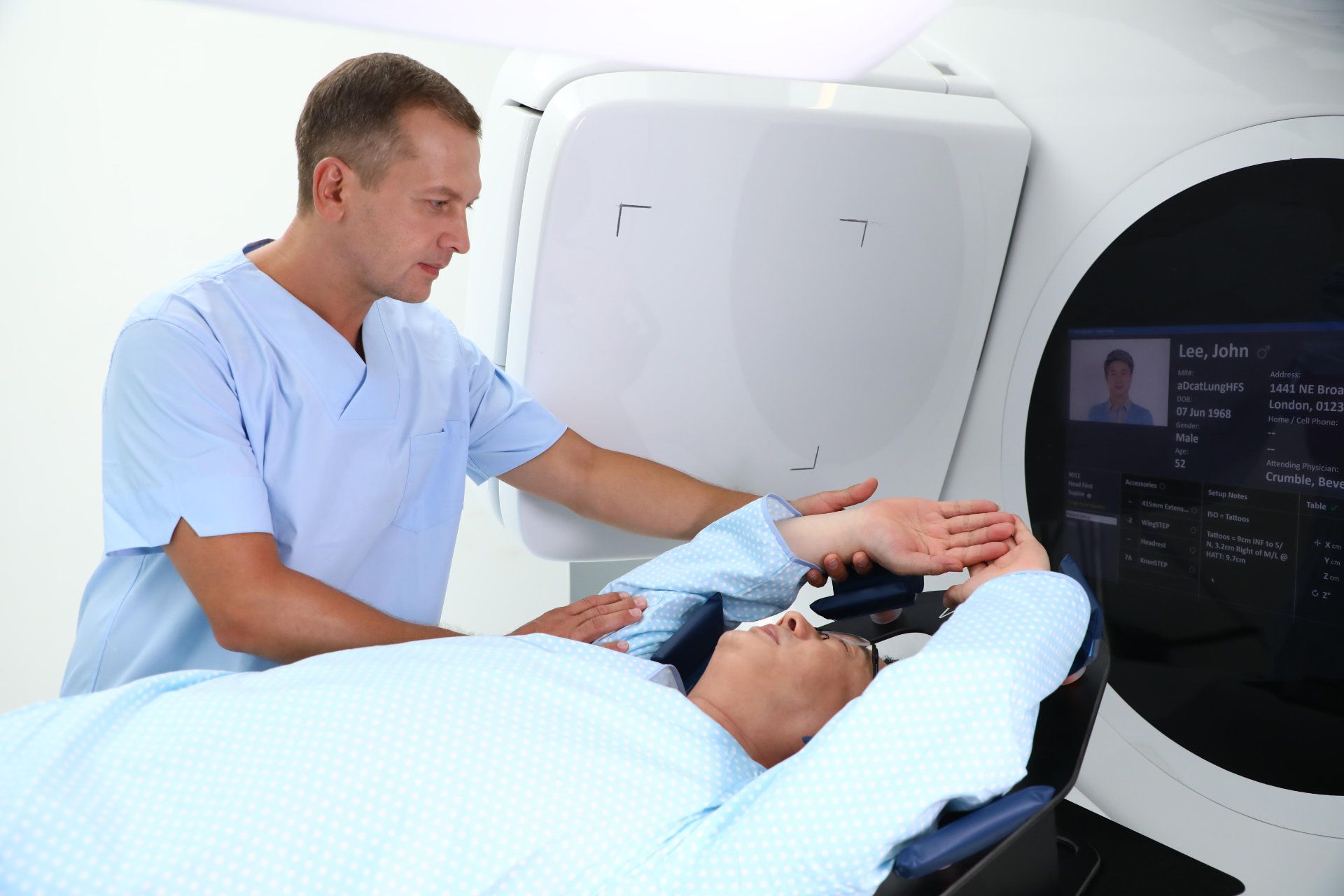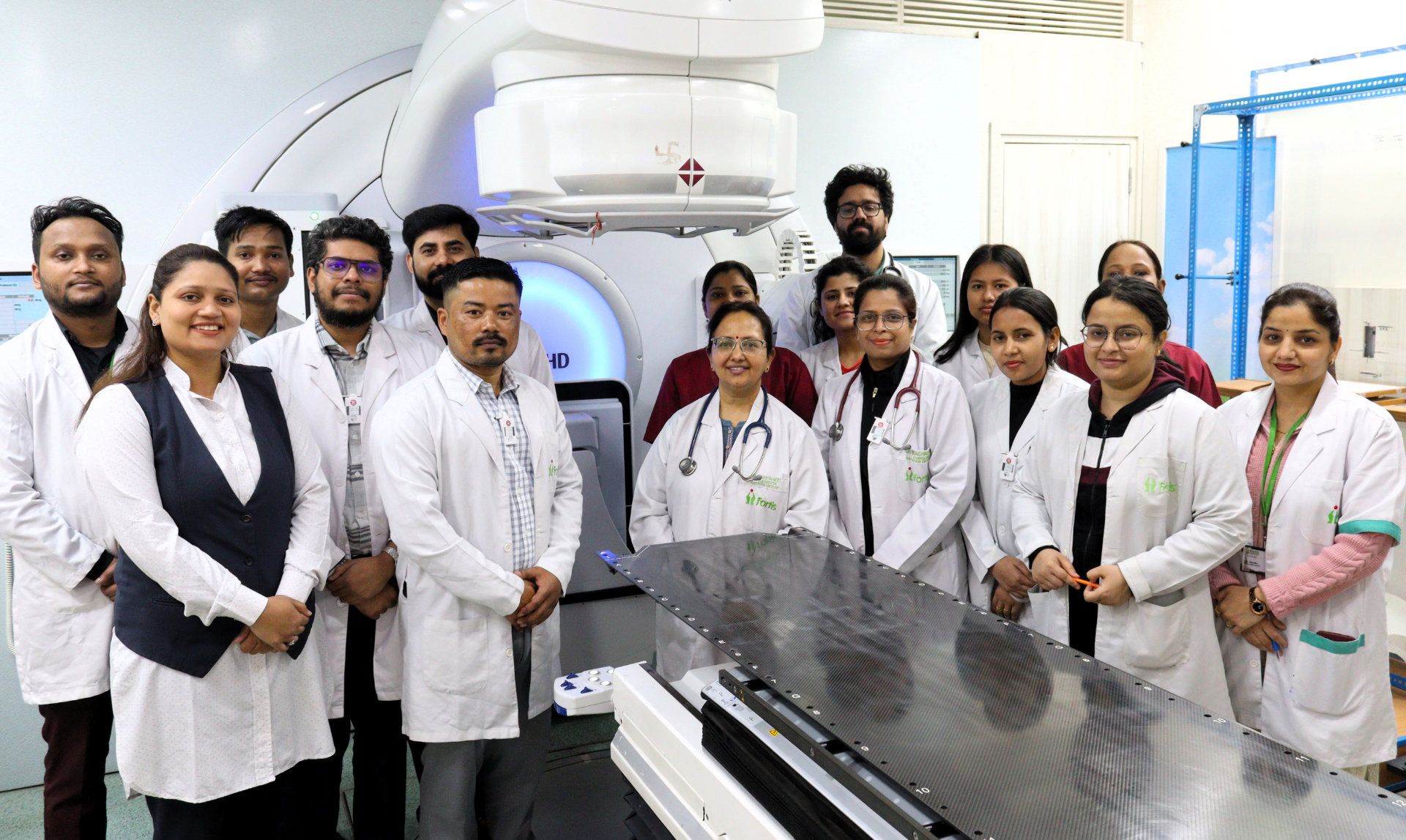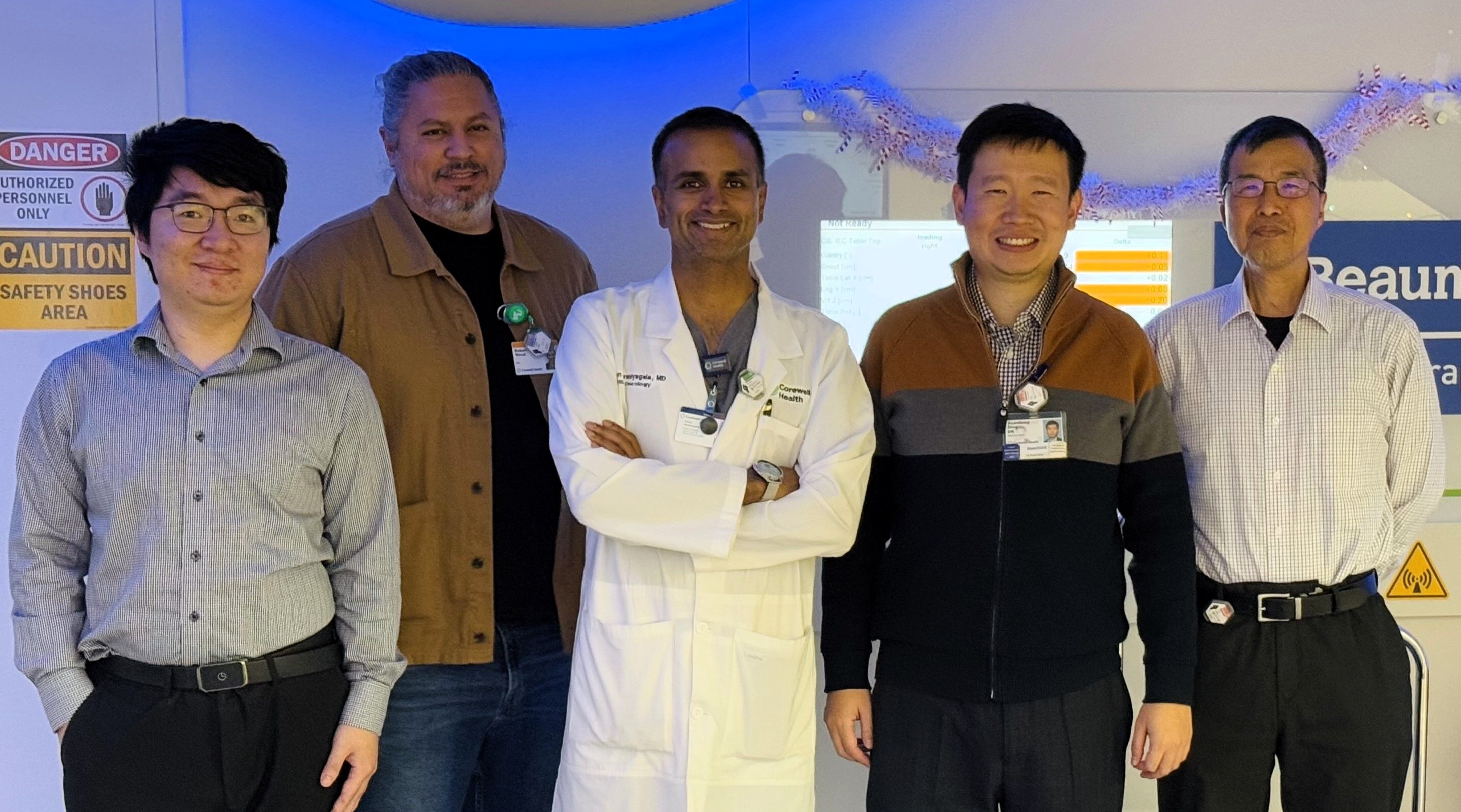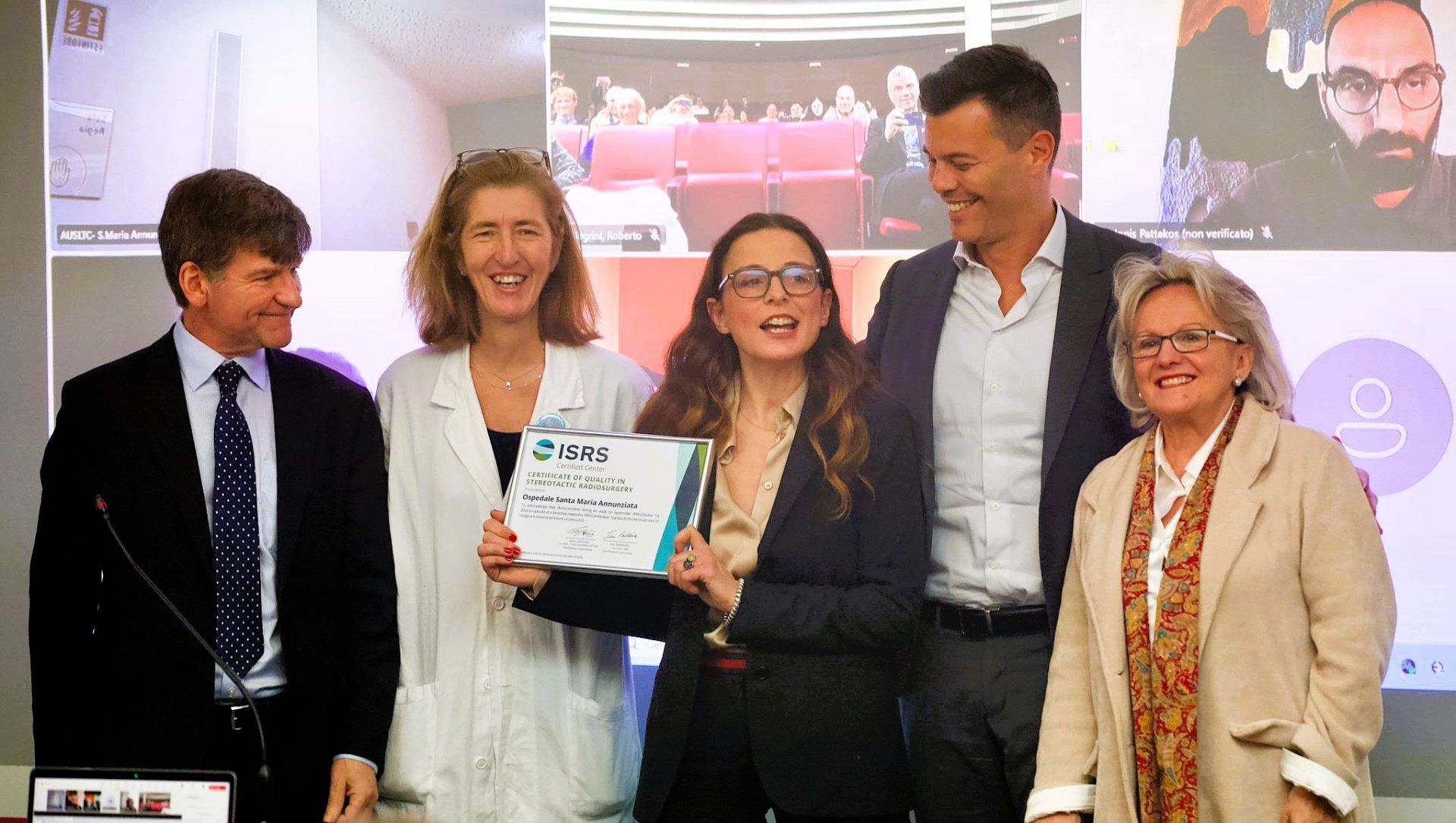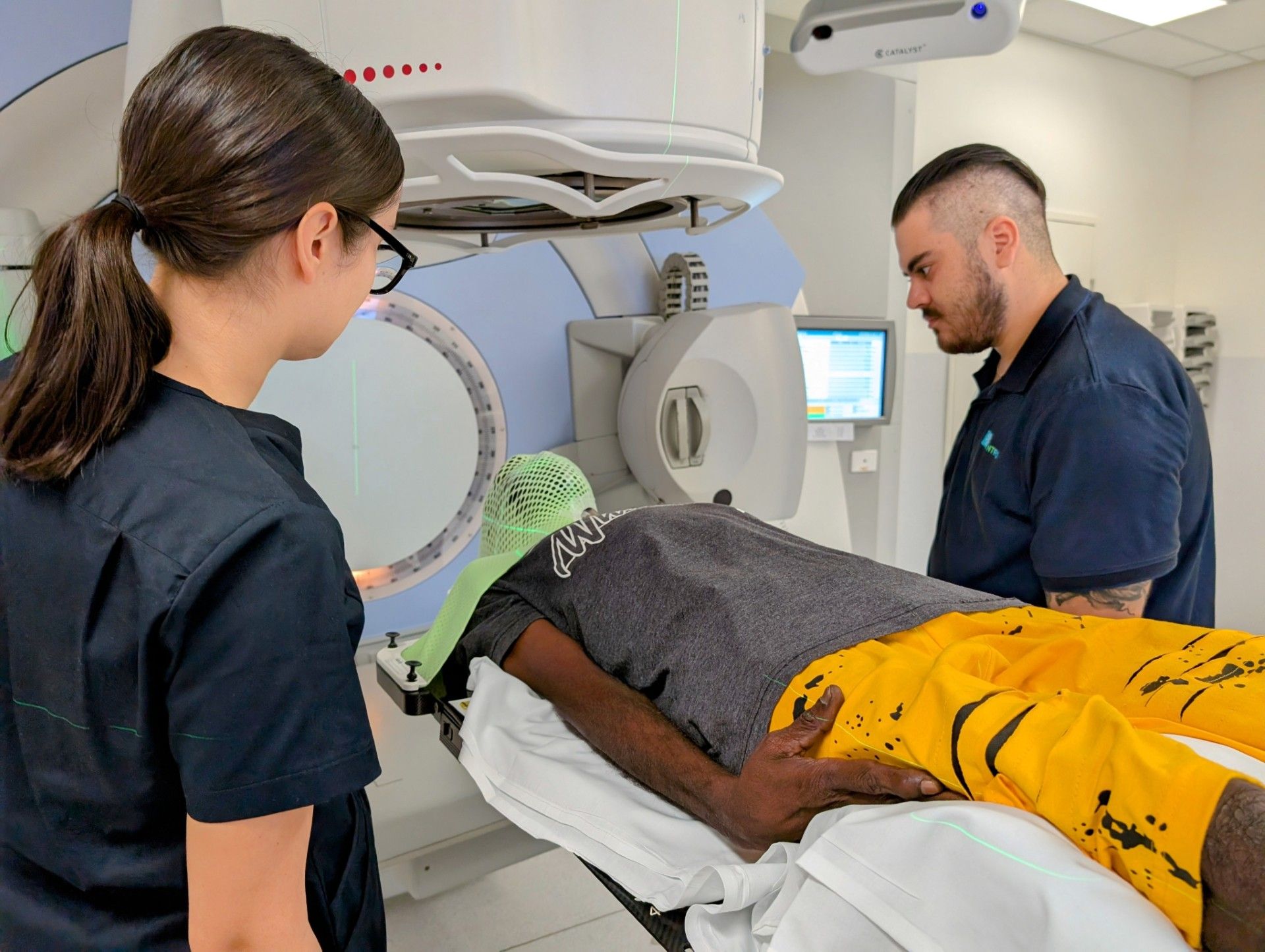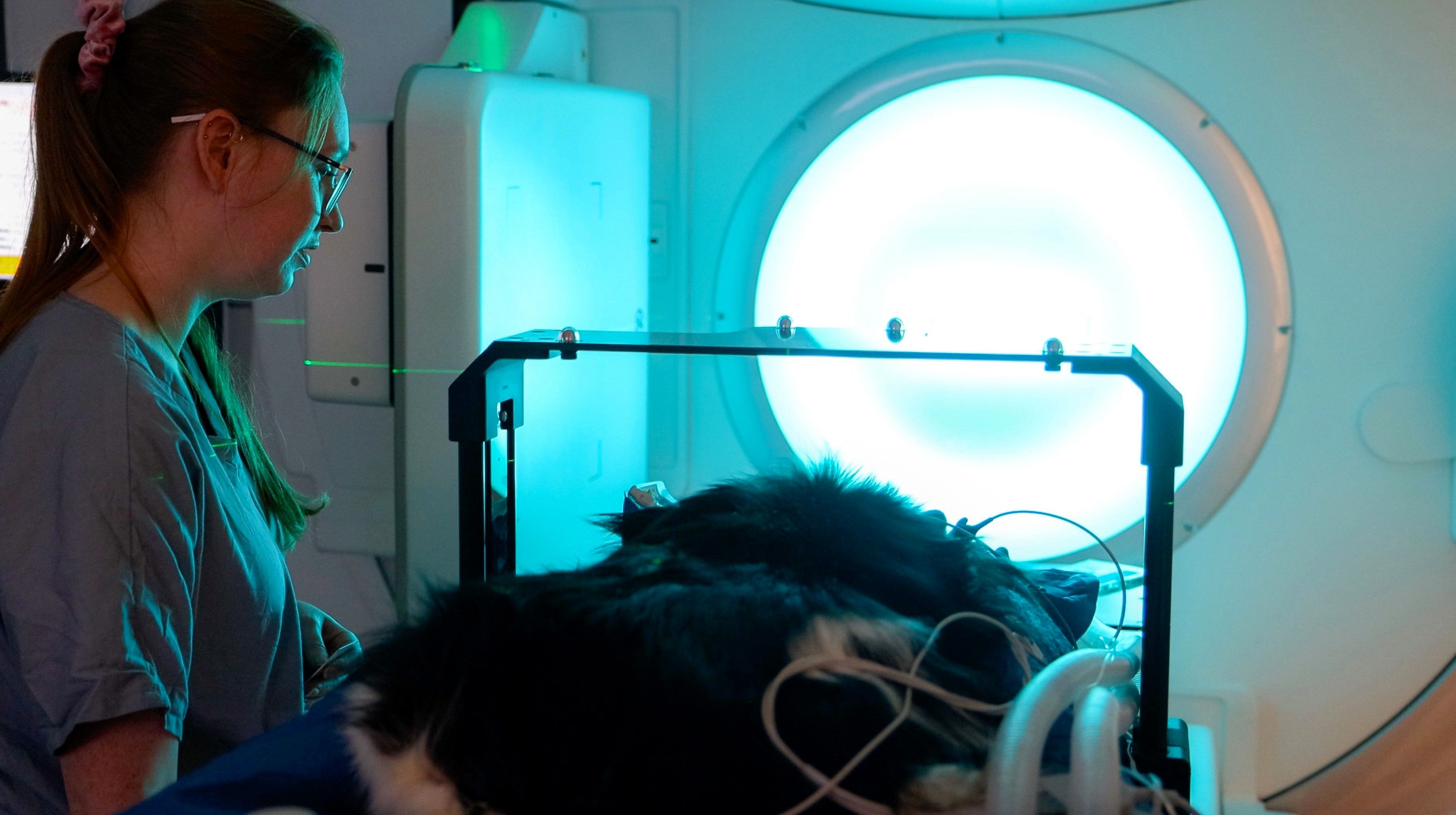Secondary dose check accelerates 3D adaptive MR-guided RT workflow at Australian hospital
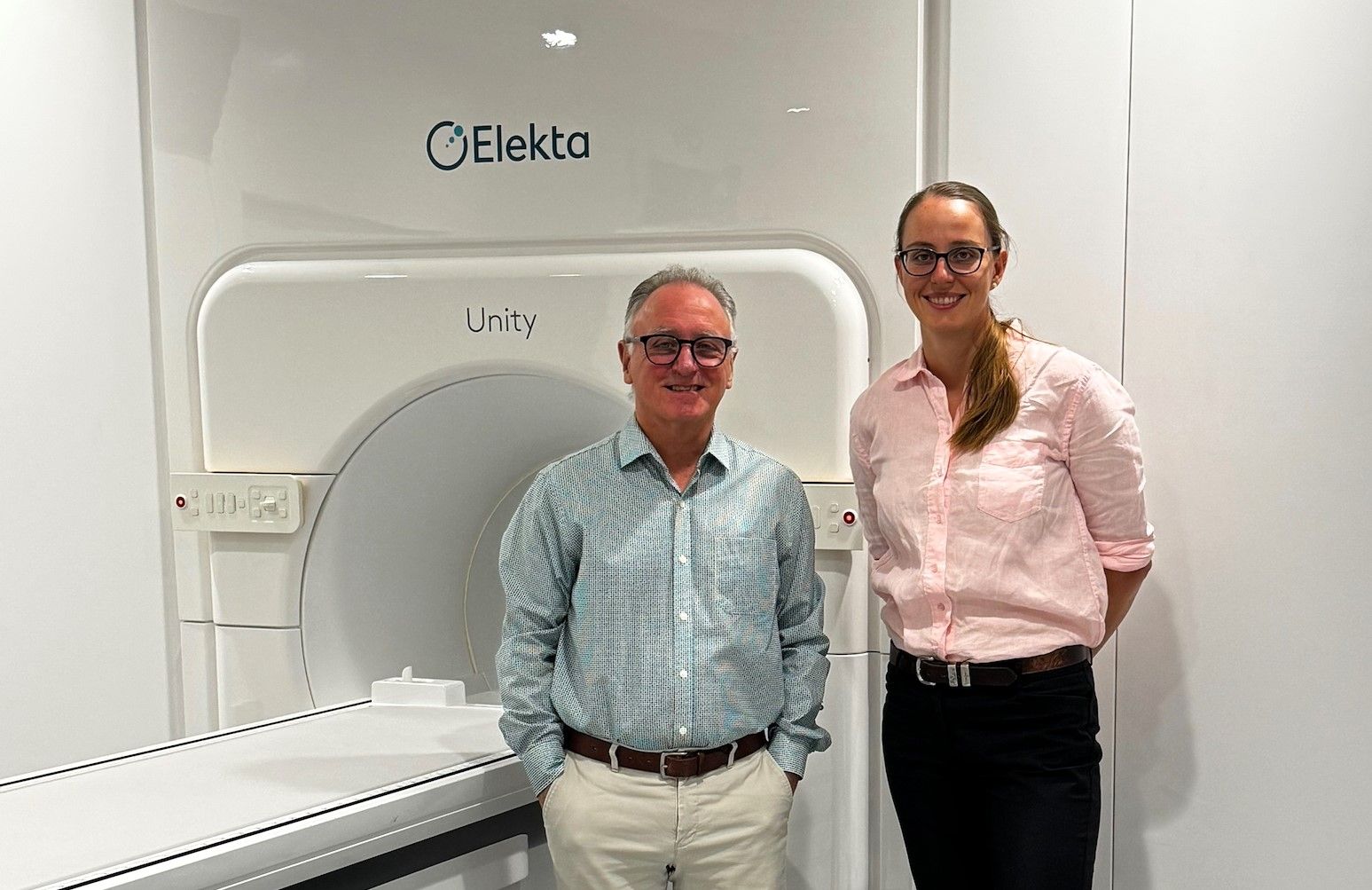
Townsville University Hospital exploits speed and accuracy of ThinkQA to rapidly verify treatment plan integrity for adaptive radiotherapy with Elekta Unity MR-Linac
After a year serving as an Elekta pilot adopter for the company’s ThinkQA Secondary Dose Check (SDC), physicists at Townsville University Hospital (TUH, Queensland, Australia) have spent the last seven months using ThinkQA SDC for quality assurance (QA) checks of their Elekta Unity MR-Linac adaptive treatment plans for prostate/nodes SBRT cases. The web-based ThinkQA SDC solution has enabled them – in less than two minutes – to obtain, in the gamma analysis, at least 95 percent agreement between their Monaco treatment planning system (TPS) plans and ThinkQA SDC dose calculations. For Unity cases – in which the treatment plan QA is done with the patient in the treatment position – the speed and accuracy of ThinkQA SDC has been a major benefit.
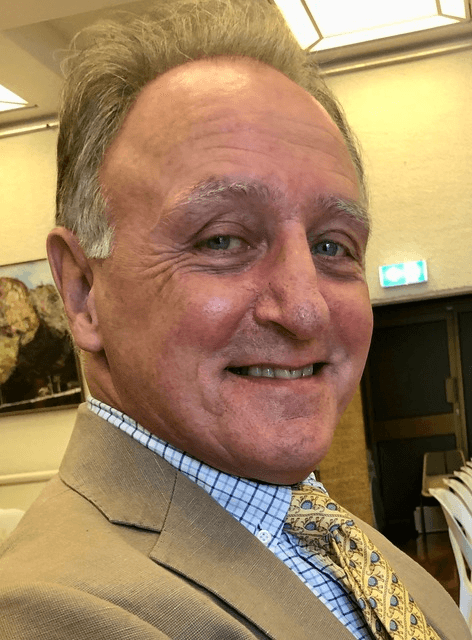
“With Unity we acquire MR images and adapt a planned treatment accordingly,” says TUH radiation oncology medical physicist John Baines, PhD. “So, before beam delivery for each fraction, we have to recalculate the plan and then verify its accuracy. ThinkQA has been an important ‘sanity check,’ rapidly confirming that Monaco’s dose calculation for a given adaptive plan is safe and accurate.”
The speed and accuracy of ThinkQA SDC are provided by a combination of its GPU-based architecture and the SDC’s Collapsed Cone Convolution (CCC) dose calculation algorithm. Notably, CCC enables a 3D volumetric analysis of the Monaco plan, whereas the center’s previous SDC solution used a 2D pencil beam algorithm. Although the former SDC could calculate the dose just as fast as ThinkQA SDC, it required physicists to manually select dose reference points (DRPs). For a large target such as the prostate this wasn’t an issue, but for treating smaller targets such as nodes – with their steep gradients – selecting DRPs was a tedious process.
“For a node size less than 10 mm, for example, when you’re trying to select a DRP for each treatment beam, due to the highly modulated nature of the beams, the dose is changing rapidly – if you’re off a little bit, you slide up and down dose gradients,” says Dr. Baines’s colleague and TUH medical physicist Ariadne Brodmann. “We treat a lot of small lesions on Unity and when we perform a DRP comparison, we might get differences as high as 10 or 15 percent, which was above our action level threshold.”
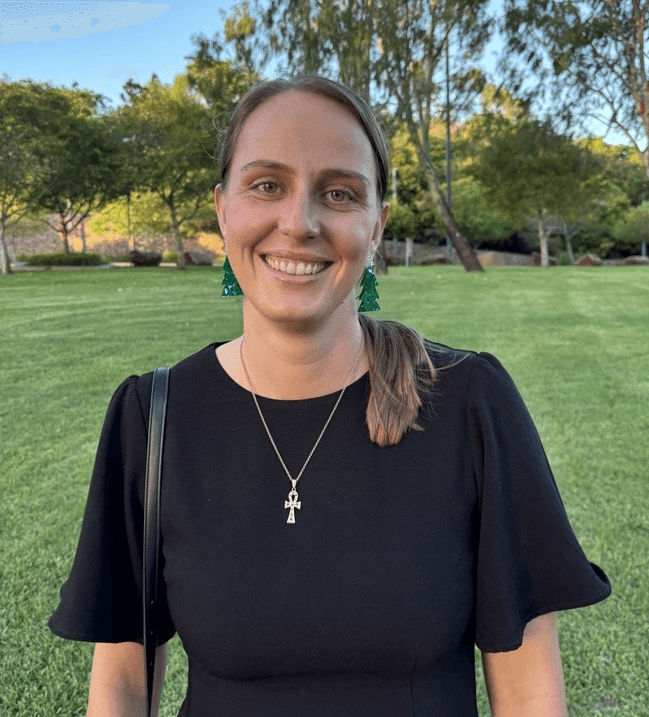
This would require the physicist to choose one or more DRPs “on-the-fly” in Monaco and re-export the dose plan to the SDC to re-examine DRP agreement, adding to the patient treatment time.
“We want the SDC evaluation to take less than two minutes, so when the time blows out to 10 minutes that is definitely not ideal,” Dr. Baines says.
Volumetric analysis provides holistic view of the gamma index
Because ThinkQA SDC provides a volumetric analysis, it allows physicists to compare multiple points across a large region, not just a single point within the target.
“It’s common sense that a 3D analysis will be a more robust picture and analysis of what’s going on in the anatomy,” Dr. Baines observes. “As well as providing information about the target, it also gives us the gamma analysis for the OARs.
ThinkQA divides the total dose map into four dose levels, he elaborates, providing a holistic view of gamma index of the targets and OARs.
“With ThinkQA you get a really comprehensive picture of dose levels and their gamma analysis values.”
Traditional gamma analysis is a way of testing to ensure the adapted plan is within acceptable agreement with the reference. This is typically given as a single value across the entire plan, which makes it difficult to “see” if there is any discrepancy in the important areas. ThinkQA provides the functionality to easily look at the high, intermediate and low dose levels for fast and easy analysis of the areas that matter.
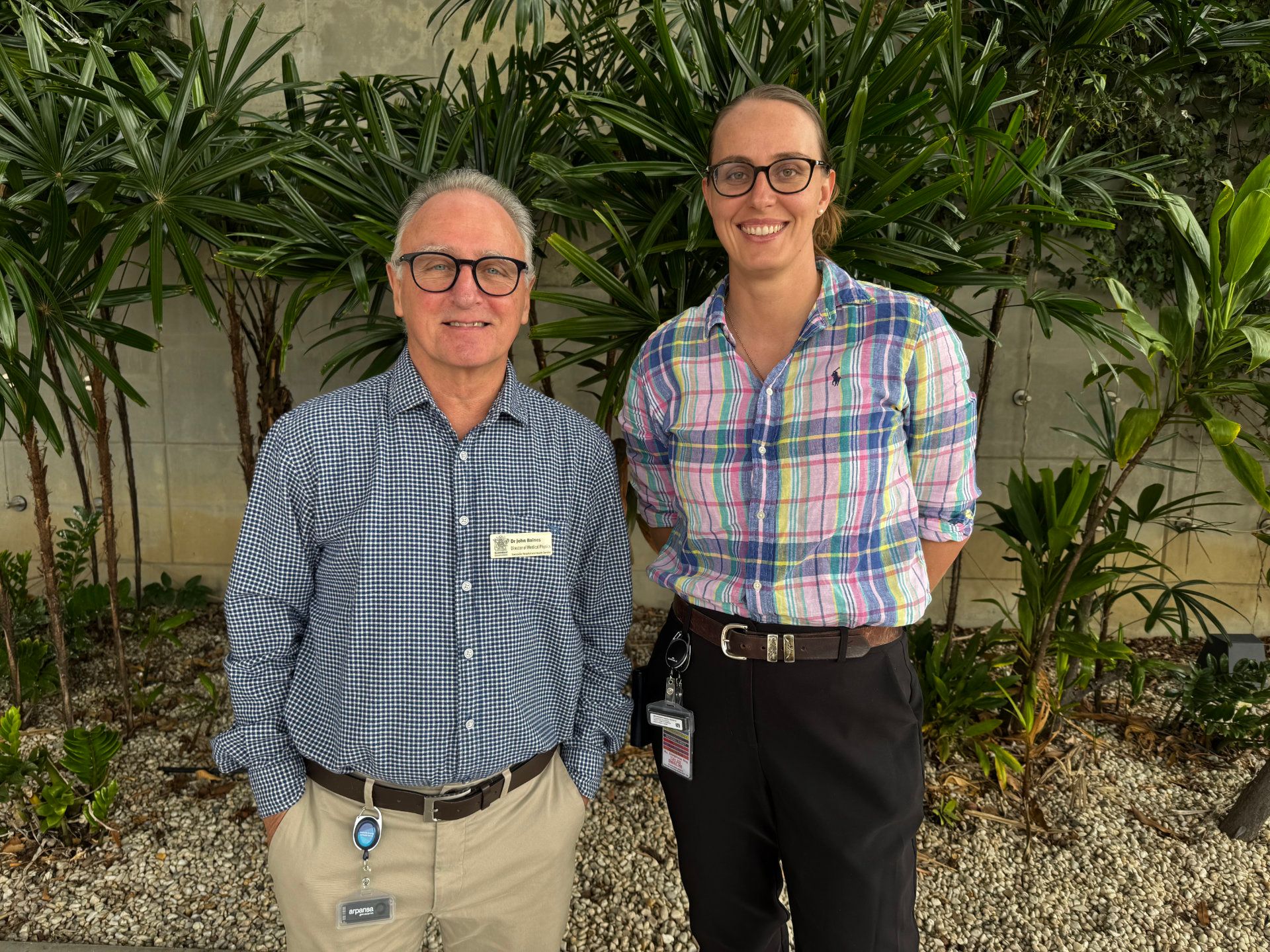
“While your main focus is obtaining the gamma analysis for the target, we are also getting it for the regions away from the target where the OARs reside,” Dr. Baines explains. “With ThinkQA you get a really comprehensive picture of dose levels and their gamma analysis values.”
ThinkQA SDC works in parallel with planning workflow
The secondary dose check can happen while clinical staff are accomplishing other planning tasks, a significant benefit given that the patient is on the treatment couch awaiting therapy.
“ThinkQA provides a truly a parallel workflow – no time is wasted.”
“During the two minutes we are waiting for ThinkQA SDC complete gamma analysis for an adaptive plan, the radiation oncologist is looking at the adaptive plan with the radiation therapists and performing their final checks,” he observes. “By the time the radiation oncologist is ready to accept the plan, ThinkQA has confirmed the integrity of the plan, we reimage the patient with MRI to make sure that the patient hasn’t moved since the last MRI, and then treatment proceeds. ThinkQA provides a truly a parallel workflow – no time is wasted.”
Bespoke SDC for Elekta Unity
In the development of ThinkQA SDC, the software developer (DOSIsoft) accounted for the unique characteristics of Elekta Unity and tailored the SDC for various factors, such as the presence of the 1.5T magnetic field, the posterior coil embedded in the treatment couch and the magnet cryostat.
“The inclusion of these unique aspects of the Unity in ThinkQA SDC is a distinct advantage,” Dr. Baines says.
During the 12-month testing and commissioning of the ThinkQA SDC process, TUH used the AAPM MPPG 5b protocol that many centers use to commission their treatment planning system.
“We wanted to evaluate ThinkQA as if it were a standalone treatment planning system,” he notes. “And we did very specific tests that examined the impact of the incorporation of the Unity anterior coil, the magnetic field and its effect on dose, and the cryostat characterization.”
Dr. Baines and his team are currently working on a publication detailing their commissioning process that should be available at some point in 2025. According to Dr. Baines, the article should be a useful guide for other Elekta Unity centers that decide to implement ThinkQA SDC.
Fringe benefits
Beyond ThinkQA’s important role as an SDC, TUH staff also have appreciated the solution’s ease of use and reporting functions.
“ThinkQA is very user-friendly – I’ve heard no complaints from anyone in my department,” he says. “It’s definitely an improvement over our previous SDC, which had us frequently recalculating failed DRPs, so the time-savings have been indisputable.
“The ThinkQA GUI is very user friendly,” Dr. Baines adds. “It generates a report [Figure 1] that is visually intuitive and with just a few clicks you can export a report that to the patient data set. With our previous SDC we had to manually copy data to an excel spreadsheet which was time consuming and inefficient compared to the process with ThinkQA.”
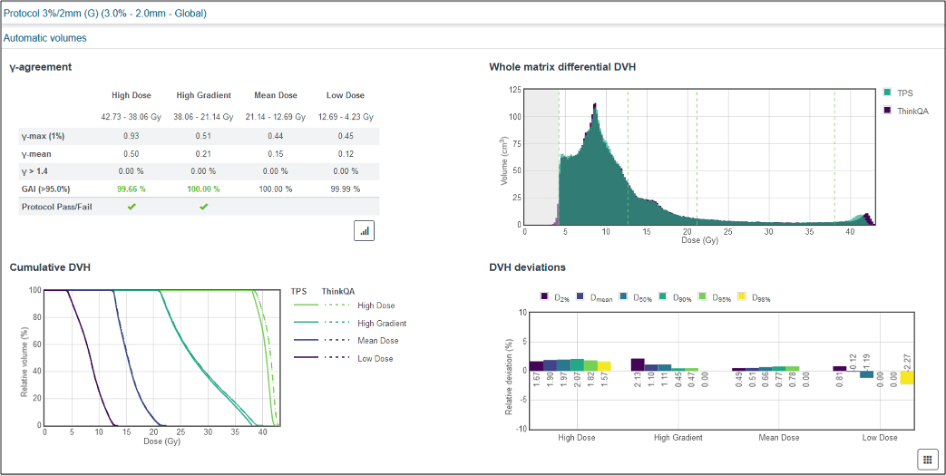
Perhaps the single most significant advantage that ThinkQA’s speed has had is limiting the amount of time the patient is on the treatment couch, he says.
“For the time being, MR-adaptive radiotherapy workflows take more time than those for a conventional linac and no one disputes that,” Dr. Baines observes. “But if our secondary dose check takes just two minutes and can be accomplished in parallel with other adaptive planning steps, then we are improving the patient experience. That is a major fringe benefit of ThinkQA.”
Learn more about ThinkQA SDC for adaptive radiotherapy workflows.
*ThinkQA is manufactured by DOSIsoft S.A. and distributed by Elekta.
LAROX250702
